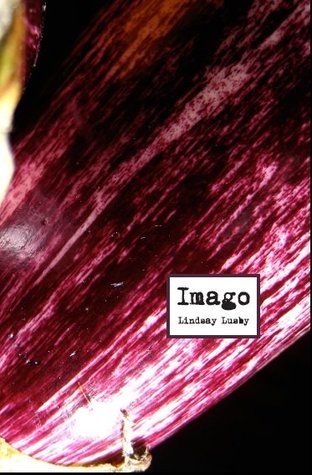The Bone and the Body by Laura Kochman
– Reviewed by Angelina D’Roza –
“In the interests of full disclosure, this is the bad end of the beach.”
This is the opening line of Laura Kochman’s debut collection, The Bone and the Body. With it we arrive at a house that “is sunburn”, and the rocks, the oysters and salt that will recur throughout the book. This place centres the work and provides a tether for the restless and ethereal speaker. The Bone and the Body is an exploration of form and voice, creating a strange and unstable world.
Before it burned in the sun, before I cured and striped its steps with salt, before I ate its floors and scratched its papered walls, before the storm came tearing and I let it, before my fingers dragged down the laundry lines, before my feet fell from the third floor to the first, before the wasps planted a nest in the garage and stung us all like salt, before the rotation of the hoof occurred, before I was unsound, before any paint flecked, before the nails removed themselves from the premises, before founder became inevitable, before I smelled only of night, before a wave ever came to know it, this house was yellow.
This is “Letter to a Tenant – October 16” in full. The house is stripped back in time, each “before” denoting another layer of paint, the wallpaper scratched away and the storm allowed in. In detailing its destruction, a house that was cared for, decorated, is made co-present along with the speaker. They are built and unraveled together, in one long sentence, irrevocably tangled, so if one is left to fall apart, so is the other. The speaker is active in the house’s ruin; she “ate its floors […] dragged down the laundry lines”, but she is also “unsound”, yielding as much to external forces as to her own storm – paint flecks, nails remove themselves, waves come to know them and the wild comes inside. It ends with a perfect cadence: that agitated repetition of “before”, like sifting memory for a lost beginning, is answered in the final chord: “this house was yellow”. Such a satisfying end, in that it answers nothing.
There are 22 poems called “Letter to a Tenant …”, and another epistolary thread titled “To the Woman in the Woods”, a woman mentioned in the tenant letters: “If there really is a woman in the woods, she haunts a house on gilded chicken legs” (“Letter to a Tenant – October 19”). Later, in “To the Woman in the Woods – December 14”, the poem refers back to the tenant letter: “Before you left, the house was yellow. Before you got here, the house was yellow”. It’s engaging, the way the poems, and the figures within them, overlap, like a concept album: everything is connected. Each poem feeds a central idea, but more than building a narrative, Kochman creates a feeling. In an interview, she talks about noir and chiaroscuro in relation to Wallace Stevens’s “The Man with a Blue Guitar”. This interest in light and shadow, what is seen and unseen, comes through as atmosphere and uncertainty, the various poem cycles wheeling in and around each other, both adding to and subtracting from the whole. You want to grab on to something, but smoke comes to hide what you thought you saw. In the cycle “A Circle of Salt”, “If” is all there is: “If lines could be broken. If the woods were full of words. If I sat another day in the wind on my rotten balcony, watching the lines of breakers chase the waves away. If I sat another day. If I sat another day” (A Circle of Salt – October 28”). In the “Posted Notice” cycle, various poems open: “If you call this number, I’ll tell you a story” (Posted Notice – November 29); “If you call this number, I’ll tell you a lie” (“Posted Notice – December 1”). They act out the tenuous relationship between language and meaning, and push what a sentence can do.
I see the woman in the woods as a witch, maybe because she is only a possibility (“If there really is a woman in the woods …”), maybe because she appears in a dream, her hair caked in sand, “as though buried and unburied” (“To the Woman in the Woods – January 2”). Or maybe it’s enough that she lives in the woods: a constant feel of the uncanny in subtle gestures throughout the writing, and more explicitly in motifs such as the Whale Bone Man, who appears across different poem cycles. He “went fishing one day, threw in his bait and felt the ocean shimmy […] found a clean spine wrapped around his hook […] all parts included, the bones unable to bear the loss of each other” (“Letter to a Tenant – November 22”). This poem opens “I believe this may be the truth”, as do a few other Whale Bone Man poems, each with different speculative pasts. Similarly to the “Posted Notice” poems, Kochman uses this revisiting, this reference to verity, in stories full of transience and unreliability, to undermine the search for objective reality.
There’s more than a suggestion of fairy story here, and as in many of those tales, characters are difficult to see in any real depth, though the voice is evocative. But The Bone and the Body leaves you feeling that you’ve experienced something: the circling, the way we keep coming back to the same place, its shambolic wilderness and instability, invokes that potential for transformation that fairy tales like to offer.





